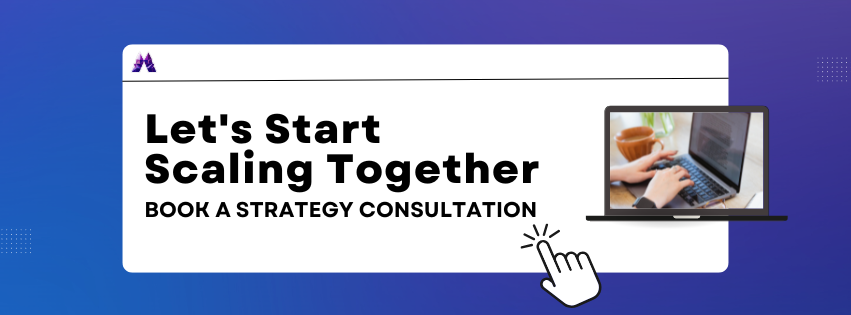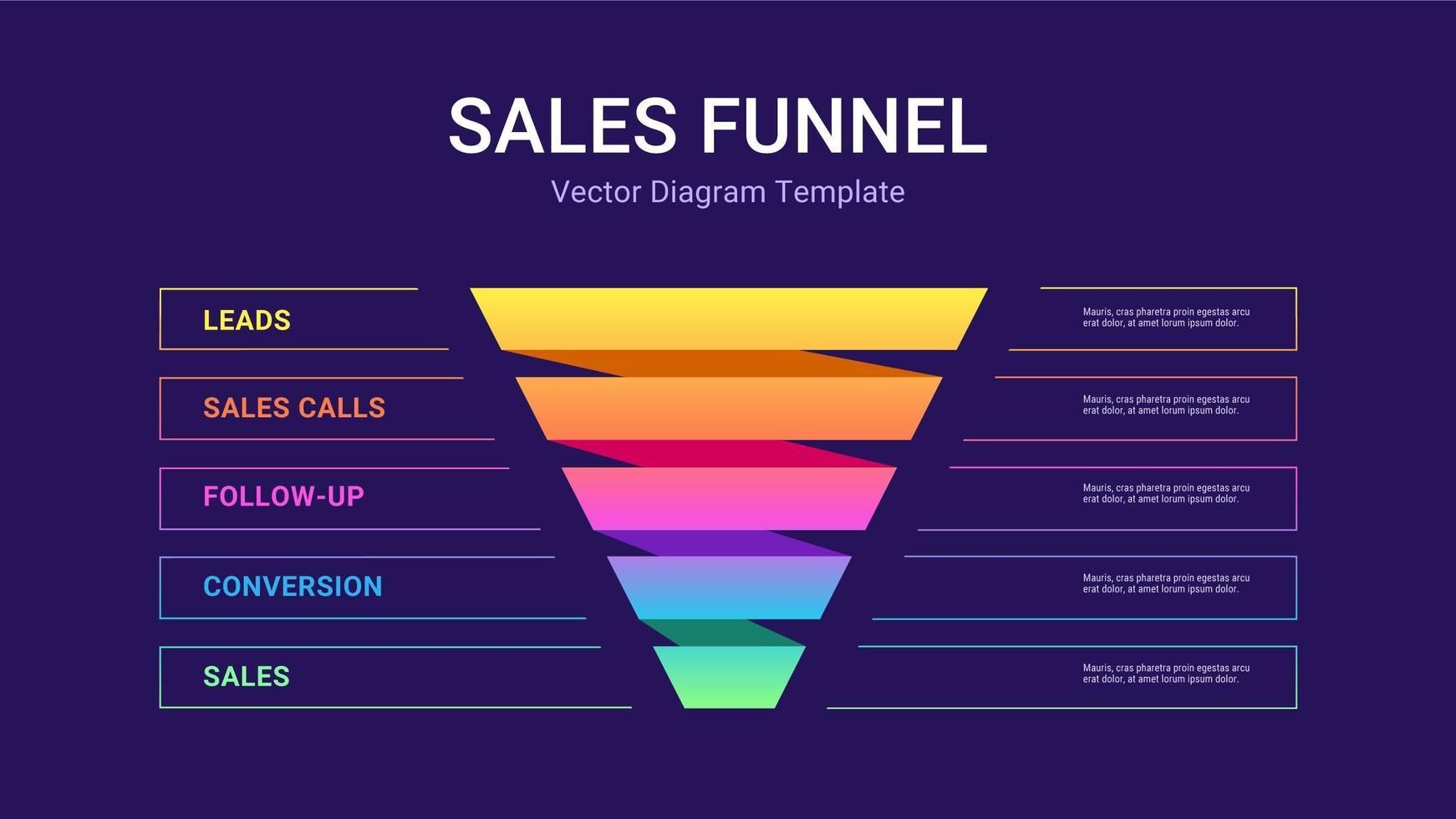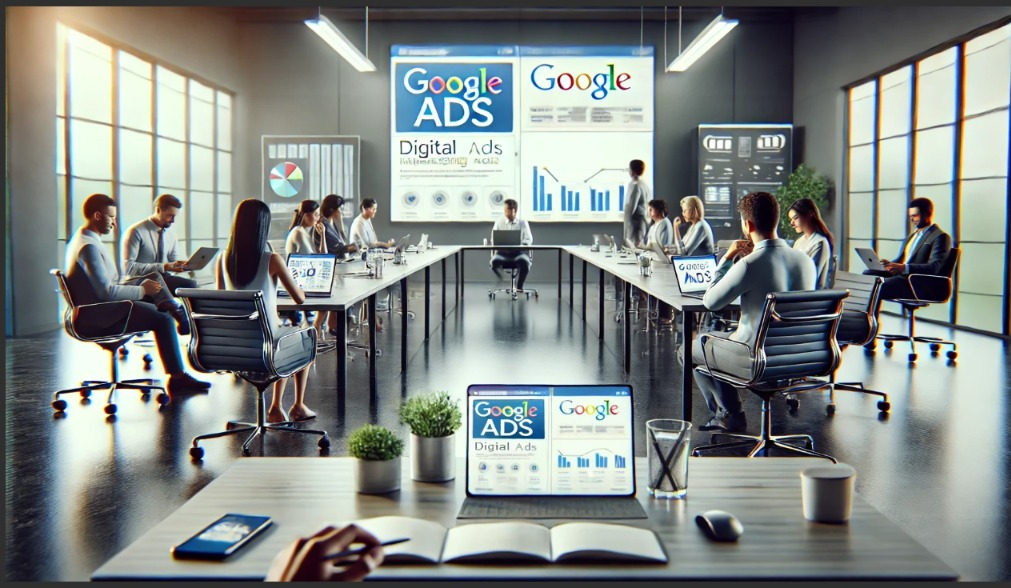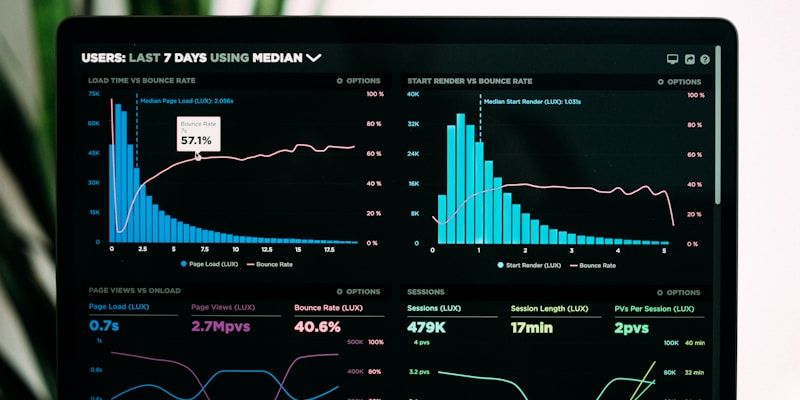Meta Ads’ Role in Full-Funnel Marketing Guide 2025
Meta Ads’ Role in Full-Funnel Marketing Guide 2025
Ever-changing machine-learning algorithms on Meta Ads present businesses with the challenge of reaching customers effectively across multiple touchpoints while maintaining optimal return on investment or ROAS. With consumers making purchasing decisions through increasingly non-linear journeys that span platforms, devices, and timeframes, traditional single-channel approaches no longer deliver the results businesses need. This is where Meta ads play a crucial role in full-funnel integrated marketing strategies.
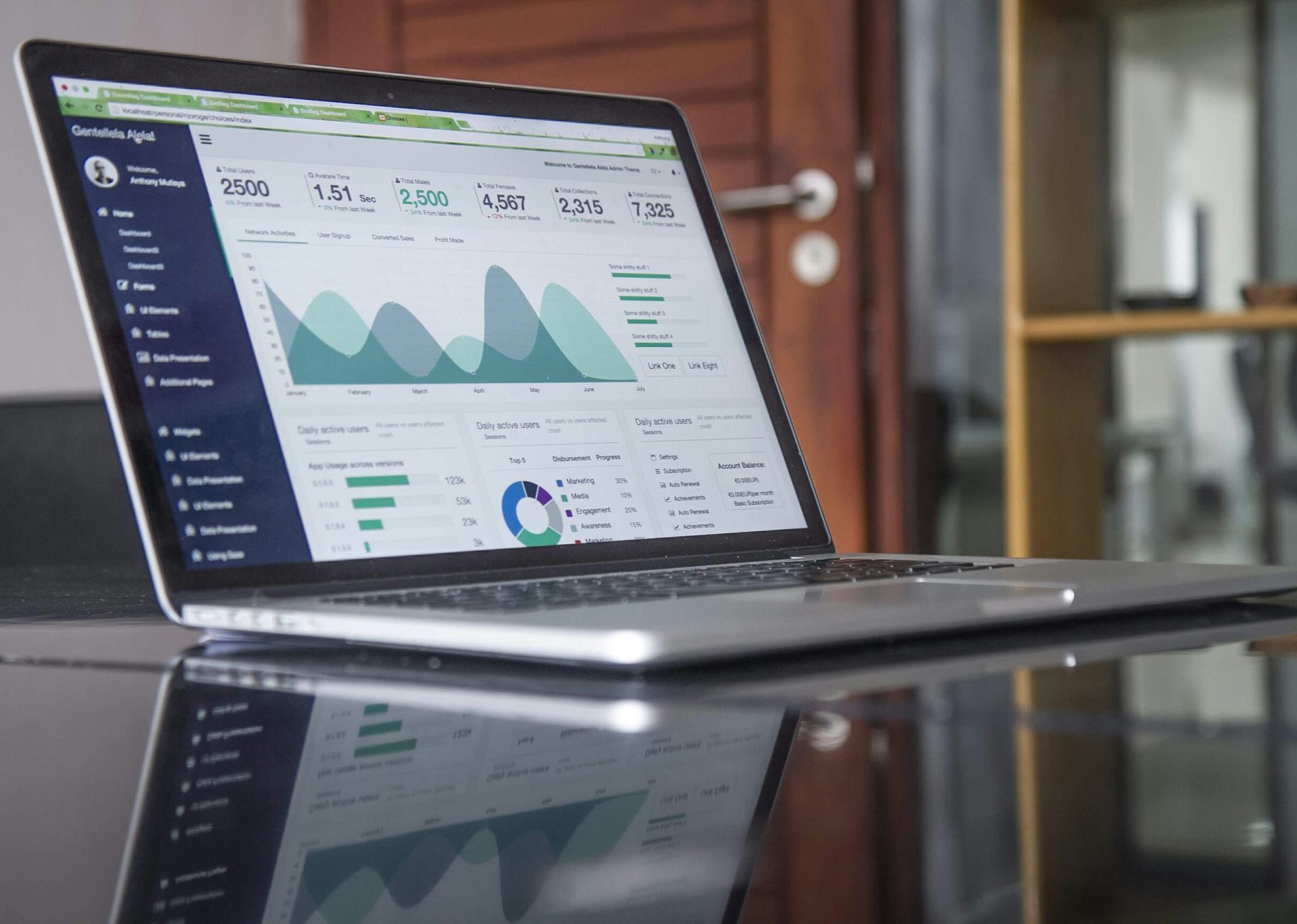
Table of Contents
I. Introduction
- The evolution of digital marketing complexity
- The critical role of Meta in full-funnel strategy
- Preview of integrated approach benefits
- Bottom-line impact statement
II. Understanding Full-Funnel Marketing with Meta Ads
- Definition and core concepts
- How Meta fits into integrated marketing ecosystems
- The multi-touchpoint customer journey
- Current attribution challenges and solutions
III. Top of Funnel (TOFU): Building Awareness with Meta
- Meta platforms for awareness campaigns
- Campaign objectives and optimization strategies
- Creative best practices for discovery
- Audience targeting and reach optimization
IV. Middle of Funnel (MOFU): Nurturing Consideration
- Retargeting strategies and custom audiences
- Content marketing integration
- Lead generation and engagement tactics
- Cross-platform remarketing approaches
V. Bottom of Funnel (BOFU): Driving Conversions
- Conversion-focused campaign structures
- Dynamic ads and product catalog integration
- Landing page optimization coordination
- Purchase behavior optimization
VI. Cross-Channel Integration and Attribution
- Meta's role in omnichannel strategies
- Attribution modeling and measurement
- Data unification across platforms
- ROI optimization through integration
VII. Advanced Strategies and Future Trends
- AI-powered personalization
- Emerging Meta features and capabilities
- 2025 optimization trends
- Performance scaling techniques
VIII. Measuring Success and Optimization
- Key performance indicators across funnel stages
- Testing methodologies and optimization
- Reporting and analysis best practices
Bottom Line First
Meta ads serve as the cornerstone of effective full-funnel integrated marketing, providing unparalleled reach, sophisticated targeting capabilities, and seamless integration opportunities that can increase overall marketing effectiveness by up to 91% when properly implemented across awareness, consideration, and conversion stages.
Meta's ecosystem—encompassing Facebook, Instagram, WhatsApp, and Messenger—reaches over 3.8 billion monthly active users, making it an indispensable component of any marketing strategy. However, the true power of Meta ads lies not in their individual platform reach, but in their ability to orchestrate sophisticated customer journeys that work synergistically with other marketing channels to drive measurable business outcomes.
Understanding Full-Funnel Marketing with Meta Ads
Full-funnel integrated marketing represents a strategic approach that optimizes customer experiences and marketing effectiveness across all stages of the buyer's journey. Unlike traditional performance marketing that focuses primarily on bottom-funnel conversions, this methodology measures and optimizes performance at every touchpoint, creating a seamless progression from awareness to advocacy.
Meta ads excel in this environment because they provide sophisticated audience segmentation capabilities, cross-device tracking, and advanced attribution models that help marketers understand the complete customer journey. The platform's machine learning algorithms continuously optimize for the most valuable outcomes at each funnel stage, making it possible to achieve efficient scaling while maintaining performance quality.
Recent research indicates that customer acquisition costs (CAC) surged by as much as 60% between 2014 and 2019, and they've continued rising steadily since, while nearly 75% of performance marketers are experiencing diminishing returns on their social media ad investments, driven by audience saturation, rising costs, and ad fatigue. This makes full-funnel strategies essential for sustainable growth.
The key to success lies in understanding that brands can't sustain allocating the lion's share of their media budget towards in-market buyers at the bottom of the funnel, thus highlighting the importance of balanced budget allocation across all stages. The most widely cited framework suggests 60% allocation to top and middle-of-funnel activities, with 40% focused on bottom-funnel conversions.
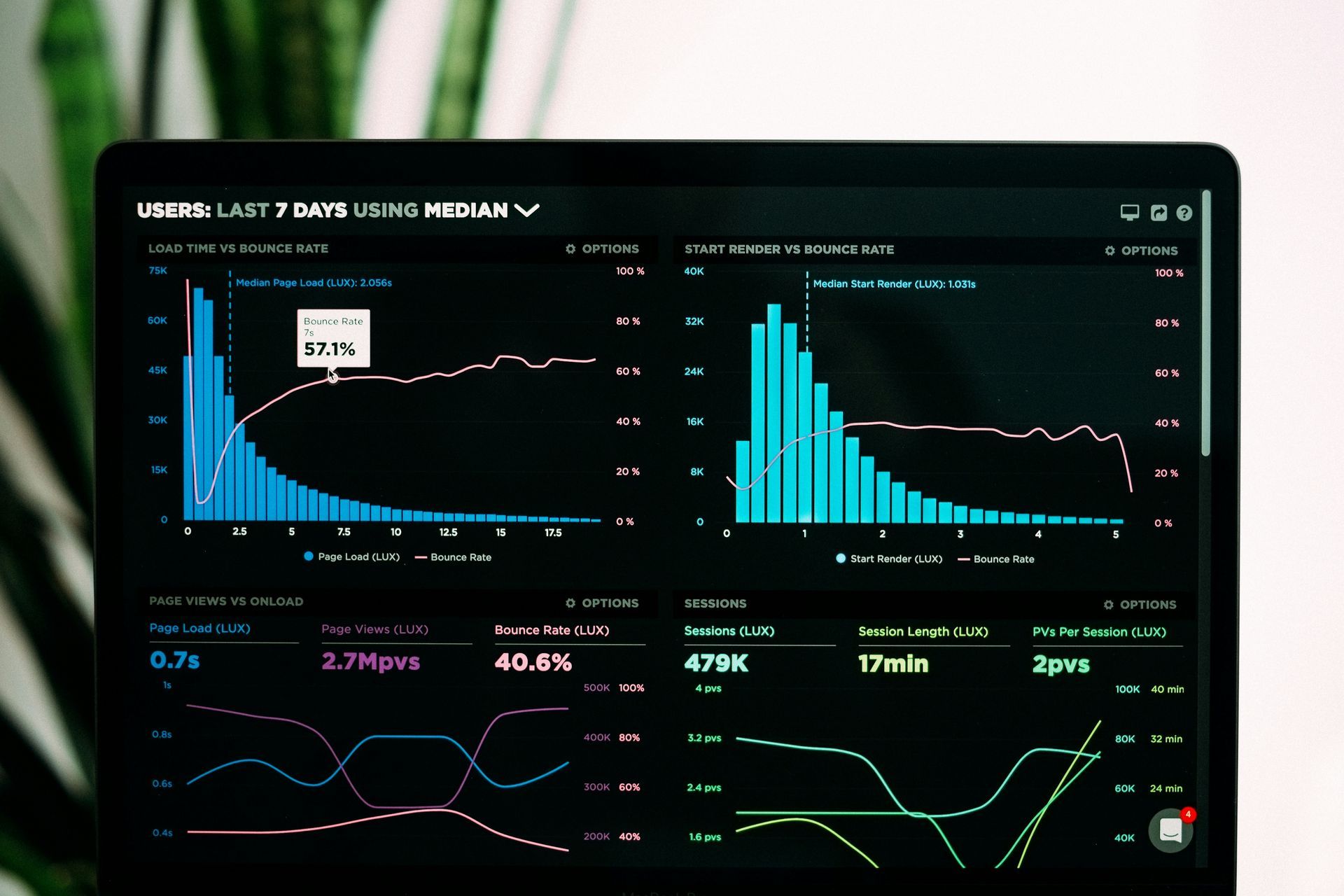
Top of Funnel: Building Awareness with Meta
At the top of the funnel, Meta ads serve as powerful awareness-building tools that introduce your brand to potential customers who may not yet recognize they have a problem your product or service can solve. The awareness stage focuses on reaching broad audiences with compelling content that establishes brand recognition and begins the relationship-building process.
Meta's awareness campaigns leverage several key strategies for maximum effectiveness. Video ads can increase brand awareness by up to 57% according to Facebook's internal research, making video content a crucial component of TOFU strategies. The platform's Reach and Brand Awareness campaign objectives are specifically designed to maximize visibility among target audiences while optimizing for efficient cost-per-impression delivery.
Successful top-of-funnel Meta campaigns utilize broad targeting combined with sophisticated creative testing to identify the most resonant messaging and visual approaches. Lookalike audiences seeded from existing customer data help expand reach to similar high-value prospects, while interest-based targeting captures users displaying behaviors aligned with your ideal customer profile.
The key to TOFU success with Meta ads lies in creating content that provides value rather than directly promoting products. Educational content, entertaining videos, and insightful industry commentary perform significantly better than promotional messaging at this stage. Integration with content marketing efforts amplifies reach while maintaining consistency across touchpoints.
Cross-platform coordination is essential for maximizing TOFU effectiveness. Meta ads work synergistically with SEO content, influencer partnerships, and PR initiatives to create comprehensive awareness campaigns that reach audiences across multiple environments and contexts.
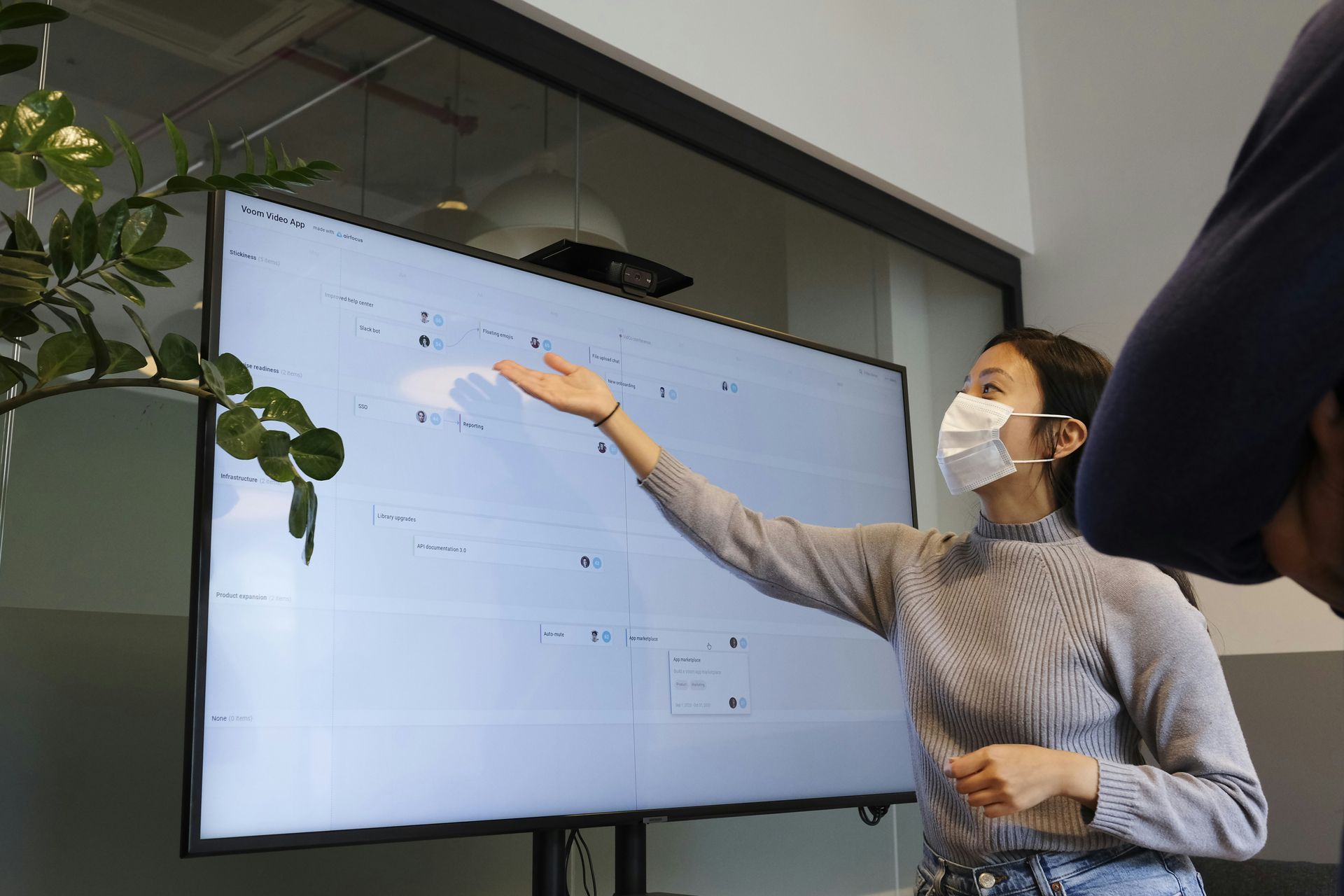
Middle of Funnel: Nurturing Consideration
The consideration stage represents a critical transition point where potential customers move from passive awareness to active evaluation. Meta ads excel in this phase through sophisticated retargeting capabilities and personalized content delivery that addresses specific customer needs and concerns.
Middle-of-funnel Meta strategies focus on engaging users who have demonstrated initial interest through website visits, content engagement, or social media interactions. Custom audiences built from website visitors, video viewers, and social media engagers enable precise targeting of warm prospects ready for deeper engagement.
Dynamic remarketing campaigns showcase specific products or services that users previously viewed, creating personalized experiences that feel relevant and timely. These campaigns consistently outperform generic retargeting because they address individual user interests and preferences based on demonstrated behavior.
Lead generation campaigns play a crucial role in MOFU strategies, particularly for businesses with longer sales cycles or higher-value offerings. Meta's lead generation ad format can generate leads up to 25% faster than traditional forms according to HubSpot research, making it an effective tool for capturing contact information from interested prospects.
Content strategy becomes increasingly important at this stage, with educational webinars, detailed guides, case studies, and product demonstrations performing exceptionally well. Integration with email marketing sequences ensures consistent nurturing across multiple touchpoints while maintaining messaging alignment.
The consideration stage also benefits from cross-channel coordination with search marketing, as users often research brands and products across multiple platforms before making decisions. Meta's retargeting capabilities complement search campaigns by maintaining visibility and engagement between active search sessions.

Bottom of Funnel: Driving Conversions
Bottom-of-funnel Meta ads focus on converting qualified prospects into customers through targeted campaigns that remove friction and provide compelling reasons to purchase immediately. This stage requires precise audience targeting, optimized conversion tracking, and seamless integration with landing pages and checkout processes.
Meta's conversion campaigns utilize the platform's machine learning algorithms to identify users most likely to complete desired actions. The system optimizes ad delivery toward individuals demonstrating purchase intent signals, improving conversion rates while reducing customer acquisition costs.
Dynamic product ads represent one of the most effective BOFU strategies, automatically showcasing relevant products to users based on their browsing behavior and purchase history. These campaigns work particularly well for e-commerce businesses and generate higher return on ad spend compared to static promotional campaigns.
Retargeting plays a crucial role in BOFU strategies, with cart abandonment campaigns often generating the highest conversion rates. These campaigns target users who have demonstrated clear purchase intent but failed to complete transactions, offering incentives or addressing potential concerns that prevented conversion.
The effectiveness of BOFU campaigns depends heavily on landing page optimization and conversion rate optimization strategies. Meta ads drive traffic to dedicated landing pages designed specifically for conversion, with clear value propositions, streamlined checkout processes, and trust signals that reduce purchase friction.
Attribution becomes particularly important at this stage, as customers may interact with multiple touchpoints before converting. Meta's conversion tracking capabilities provide insights into the complete customer journey, enabling optimization based on true conversion impact rather than last-click attribution.

Cross-Channel Integration and Attribution
The true power of Meta ads in full-funnel integrated marketing emerges through strategic coordination with other marketing channels and sophisticated attribution modeling that reveals the complete customer journey. Modern consumers interact with brands across multiple touchpoints, making isolated channel optimization insufficient for maximizing results.
Meta's integration capabilities extend beyond its own platforms to encompass email marketing, search advertising, content marketing, and offline touchpoints. This integration enables consistent messaging and coordinated campaign timing that reinforces brand presence while avoiding audience fatigue or message confusion.
Attribution modeling has evolved significantly in 2025, with Meta introducing incremental attribution that focuses on conversions that wouldn't have occurred without advertising exposure. This approach provides more accurate measurement of true campaign impact compared to traditional attribution models that may overstate conversion credit.
Modern attribution isn't about tracking every click; it's about deciding what not to measure, balancing precision with practical application, and shifting from a channel-first mindset to a customer-first approach. Successful attribution strategies focus on understanding customer stories rather than perfect mathematical credit allocation.
Cross-device tracking capabilities ensure comprehensive measurement as customers move between mobile, desktop, and tablet devices throughout their journey. This multi-device view enables more accurate attribution and optimization based on complete behavioral patterns rather than fragmented interactions.
Integration with customer relationship management systems and marketing automation platforms creates unified customer profiles that inform targeting, personalization, and lifecycle marketing strategies. This data unification enables sophisticated segmentation and messaging optimization that improves results across all channels.

Advanced Strategies and Future Trends
Meta's platform continues evolving with advanced features that enhance full-funnel marketing effectiveness through artificial intelligence, predictive analytics, and emerging advertising formats. These innovations enable more sophisticated targeting, creative optimization, and performance measurement that drive superior results.
Artificial intelligence plays an increasingly important role in campaign optimization, with machine learning algorithms automatically adjusting targeting, bidding, and creative delivery based on real-time performance data. AI is becoming a driving force for creativity, not just personalization, as it generates ad copy, visuals, videos and even entire campaigns.
Predictive analytics capabilities help identify users most likely to convert at different funnel stages, enabling proactive campaign optimization and budget allocation. These insights improve efficiency by focusing resources on highest-probability prospects while reducing waste on unlikely converters.
Emerging advertising formats including augmented reality experiences, interactive polls, and shoppable posts create more engaging customer experiences that drive higher engagement and conversion rates. These formats particularly excel in consideration-stage campaigns where interactive experiences build deeper brand connections.
Integration with e-commerce platforms continues expanding, with seamless shopping experiences that allow users to discover, evaluate, and purchase products without leaving Meta's platforms. This reduces friction in the conversion process while providing better tracking and attribution data.
Privacy-first advertising approaches ensure compliance with evolving regulations while maintaining targeting effectiveness through first-party data strategies, contextual targeting, and privacy-preserving measurement technologies.

Measuring Success and Optimization
Effective measurement and optimization across the full funnel requires sophisticated tracking systems, meaningful key performance indicators, and continuous testing methodologies that drive incremental improvements. Success measurement must align with business objectives while providing actionable insights for campaign enhancement.
Key performance indicators vary by funnel stage, with awareness campaigns measured through reach, frequency, and engagement metrics, consideration campaigns evaluated based on traffic quality and lead generation, and conversion campaigns assessed through cost per acquisition and return on ad spend.
Testing methodologies should encompass creative testing, audience optimization, and campaign structure experiments that identify highest-performing approaches. A/B testing at scale enables data-driven decision making while multivariate testing reveals complex interaction effects between different campaign elements.
Attribution analysis provides insights into campaign interaction effects and optimal budget allocation across channels and funnel stages. Regular attribution modeling updates ensure measurement accuracy as customer behavior and platform capabilities evolve.
Optimization should focus on incremental improvements rather than dramatic changes, with continuous refinement of targeting, creative, and campaign structure based on performance data. This approach maintains campaign stability while driving consistent performance improvements over time.
Integration with business intelligence systems enables comprehensive reporting that connects marketing performance to broader business outcomes, facilitating strategic decision making and resource allocation optimization.
Key Integration Opportunity: Learn more about implementing comprehensive full funnel performance marketing strategies that maximize Meta ads effectiveness through strategic channel combinations and sophisticated optimization approaches.
For businesses seeking to implement advanced integrated marketing strategies, Meta Marketing Agency provides expert guidance in developing and executing full-funnel campaigns that drive measurable business growth through strategic Meta ads integration and cross-channel optimization.
Key Takeaway: The most successful full-funnel integrated marketing strategies in 2025 combine Meta ads with complementary channels across all funnel stages, utilizing advanced attribution modeling and AI-powered optimization to achieve sustainable growth and maximum return on investment.
Frequently Asked Questions
How much budget should be allocated to each funnel stage when using Meta ads?
The most effective budget allocation typically follows the 60/40 rule: 60% to top and middle-of-funnel activities, 40% to bottom-funnel conversions. However, this varies based on business maturity, sales cycle length, and industry. Monitor performance metrics continuously and adjust allocation based on real-time results and attribution data.
Which Meta campaign objectives work best for full-funnel strategies?
Top-of-funnel campaigns should use Reach and Brand Awareness objectives, middle-of-funnel campaigns work well with Traffic, Engagement, and Lead Generation objectives, while bottom-funnel campaigns should focus on Conversions and Catalog Sales objectives. The key is aligning objectives with stage-specific goals and customer intent.
How do you measure cross-channel attribution with Meta ads?
Use Meta's Incremental Attribution feature combined with third-party attribution platforms like GA4, Wicked Reports, or specialized MMM solutions. Implement consistent UTM parameters, conversion tracking across all touchpoints, and customer journey mapping to understand complete attribution paths rather than relying on last-click attribution alone.
What's the biggest mistake businesses make with Meta full-funnel strategies?
The most common mistake is focusing exclusively on bottom-funnel performance while neglecting awareness and consideration stages. This leads to audience exhaustion, increased costs, and declining performance over time. Successful strategies maintain balanced investment across all funnel stages with appropriate measurement for each stage.
How has Meta's 2025 attribution model changed full-funnel measurement?
Meta's new incremental attribution model focuses on conversions that wouldn't have occurred without ad exposure, providing more accurate measurement of true campaign impact. This shifts optimization toward incremental value rather than total conversions, making prospecting campaigns more valuable relative to retargeting campaigns.
Key Takeaways
- Strategic Foundation: Meta ads serve as the cornerstone of effective full-funnel integrated marketing, providing unparalleled reach and targeting capabilities across all customer journey stages
- Budget Allocation: Successful strategies allocate 60% of budget to awareness and consideration stages, with 40% focused on conversion activities for optimal long-term performance
- Cross-Channel Integration: Meta ads work most effectively when coordinated with other marketing channels through unified messaging, consistent tracking, and strategic campaign timing
- Attribution Evolution: 2025's incremental attribution models provide more accurate measurement of true campaign impact, shifting focus toward incremental value rather than total conversions
- AI-Powered Optimization: Machine learning algorithms enable sophisticated targeting, creative optimization, and predictive analytics that improve performance across all funnel stages
- Measurement Sophistication: Success requires stage-appropriate KPIs, continuous testing methodologies, and attribution modeling that reveals complete customer journey insights
- Future-Forward Approach: Emerging Meta features including AR experiences, AI-generated creative, and enhanced e-commerce integration create new opportunities for full-funnel optimization
- Performance Integration: The most successful strategies combine Meta ads with 3-4 complementary channels, utilizing advanced attribution and optimization systems for maximum effectiveness
Working with experienced professionals who understand the complexities of full-funnel integrated marketing can accelerate your success and help avoid common pitfalls that waste budget and limit growth potential.
Ready to implement a comprehensive Meta ads full-funnel strategy that drives measurable business growth? Contact Meta Marketing Agency to discover how our integrated marketing expertise can transform your customer acquisition and retention performance.











